How to water your garden is a common question for new and experienced gardeners alike. There are many ways to water plants, from hand-watering with a hose to using an automatic sprinkler system. In this article, we will compare soaker hoses vs. sprinkler systems and help you decide which option is best for your garden!
What Is A Sprinkler?
A sprinkler is an automated system that can be used to water your garden. It consists of a series of pipes connected to a water supply and various heads (sprinklers) that are placed around the garden. The sprinkler is programmed using valves, which open and close at specific times in order to release the right amount of water into the garden in pre-set patterns. This type of irrigation system requires minimal maintenance but does require some setup time and cost for installation. [2]
How a Sprinkler System Works?
They’re an efficient way to ensure your lawn stays healthy and hydrated without having to manually turn the hose or water can on each time. [4]
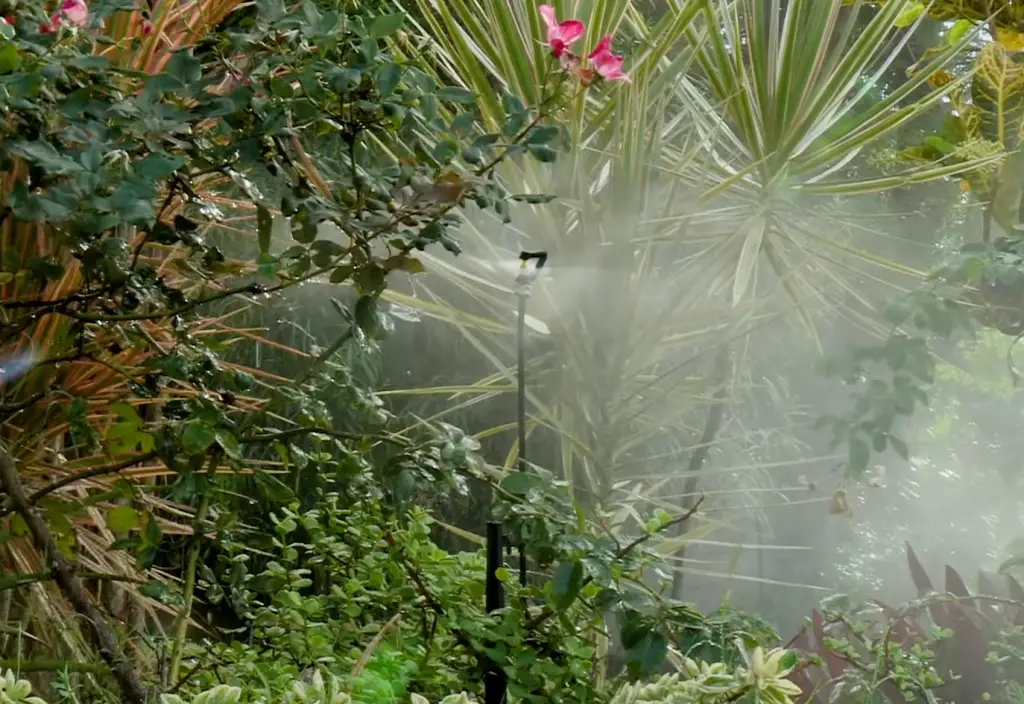
What Is A Soaker Hose?
A soaker hose is a specialized garden hose with special holes along its length that allow for targeted watering. Soaker hoses are a great choice for gardens, flower beds, and lawns. They deliver water directly to the roots of plants and grass, preventing runoff and conserving water in the process.
Soaker hoses are easy to install and can be used above or below ground. For larger areas, multiple soaker hoses can be linked together using connectors. Additionally, you can use above-ground sprinkler systems with soaker hoses to provide even coverage over large areas like lawns or gardens. [1]
How Does a Soaker Hose Work?
The tubing contains tiny holes that evenly distribute water along its length. The result? Soft and gentle watering near each plant’s root zone instead of traditional overhead spraying. Soaker hoses are easy to install; they can be laid on top of the soil or just below the surface level. [4]
Soaking The Roots And Soil
When it comes to watering your garden, you have two main choices – a soaker hose or a sprinkler. Both provide efficient irrigation and can save time and money on maintenance. But which one is better? Let’s look at how each works and some of the pros and cons of each option.
Soaker hoses are designed to slowly drip water onto the root zones of plants, saturating the soil in those areas. Soaker hoses come with porous walls that allow water to seep out slowly along their entire length. This allows you to water large gardens without wasting too much water or leaving behind puddles – something that often happens when using traditional sprinklers. [1]
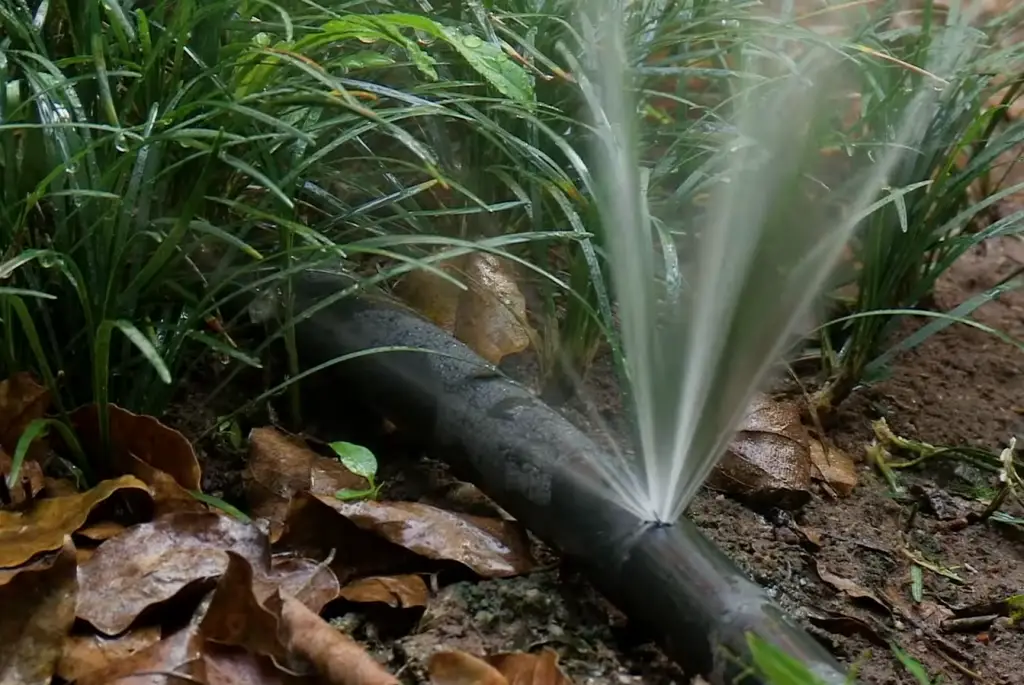
Watering The Lawn
When it comes to watering the lawn, two of the most popular options are soaker hoses and sprinklers. Both have their pros and cons, but which one is better? Let’s break down some of the questions you may have when it comes to deciding between a soaker hose and a sprinkler system. [1]
Flexibility
Soaker hoses are extremely flexible and can be used in areas that traditional sprinklers cannot reach. This includes uneven terrain, small spaces, or narrow strips of the garden. To use a soaker hose effectively, you must cover the area with plenty of mulch to ensure adequate water absorption. Sprinkler systems are typically much less flexible because they spray a large amount of water at once over a wide area, making it difficult to water specific sections. Additionally, most sprinklers have fixed positions that limit their range and flexibility. [1]
Plant Health
When choosing an irrigation system for your yard, it’s important to consider the health of your plants. Soaker hoses and sprinklers both have their benefits when it comes to keeping your plants healthy.
Soaker hoses are great for providing a consistent, slow drip of water that can help prevent root rot and overwatering. This is especially beneficial if you’re growing delicate or drought-tolerant plants since they won’t be overwhelmed by too much water all at once. On the other hand, sprinklers provide more flexibility in terms of watering patterns and how much water is dispersed throughout the area. [1]
Water Use
When it comes to water efficiency, the soaker hose has a big advantage over traditional sprinklers. Because the soaker hose is laid directly on the ground, it provides uniform coverage and prevents run-off that would occur with a traditional system. It also allows for targeted watering of specific plants or areas in your garden, which can lead to more efficient use of water. When using a pressure-regulated sprayer or drip irrigation, you’re able to apply water only where needed and at the rate needed by each plant – something you cannot do with a standard sprinkler system. [1]
Advantages of a Soaker Hose
Deliver water directly to the root systems of grass and trees
Using a soaker hose is one of the most efficient ways to ensure necessary water delivery directly to the root systems of grass and trees. This method helps reduce water loss through evaporation and wind drift, which can be common when using other irrigation systems. [4]
No loss of water to evaporation or wind
A soaker hose eliminates the problem of water loss to evaporation and wind drift by delivering a steady stream of moisture directly to the roots. This is especially important in areas with hot, dry climates where water loss through these methods can be significant. [4]
No excess water on the foliage
Unlike many sprinkler systems, soaker hoses keep water off the foliage of your grass and trees, helping to prevent fungal diseases that can occur if water is left on plant leaves for extended periods of time. [4]
Economical
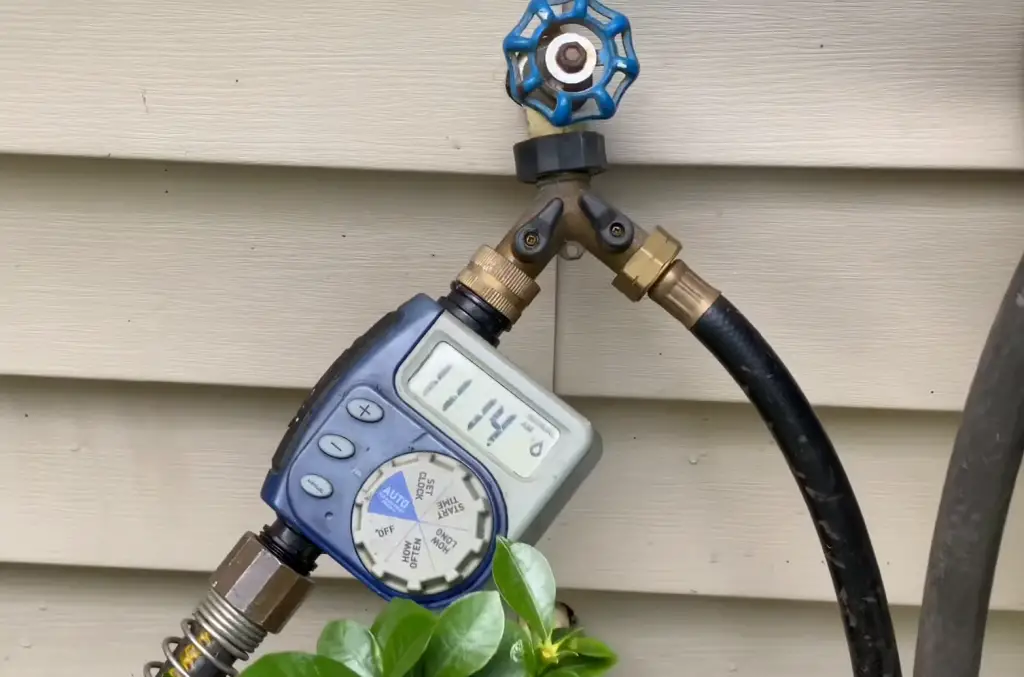
Cheaper water bills
Using a soaker hose instead of a sprinkler system can result in significant savings in your water bill. Soaker hoses are often more efficient than other systems, which means you don’t need to run the hose as long or as frequently in order to ensure adequate irrigation. This means less time (and less money) spent on watering your lawn or garden. [4]
Disadvantages of a Soaker Hose
Having to move hoses around can be a hassle
Unlike a sprinkler system that can be set up and left in one place, soaker hoses require you to manually move them around as needed. This is especially true if your garden or lawn is too large for one hose alone. [4]
Does not cover as well
Soaker hoses also have limited coverage compared to sprinkler systems. If you’re trying to irrigate a large area, soaker hoses might not be the best choice. [4]
Easy to accidentally hit hoses with the lawnmower
Another disadvantage of using soaker hoses is that it’s quite easy to accidentally run over them with your lawnmower. This can cause damage not only to the hose but also to the plants being watered by it. [4]
Advantages of a Sprinkler System
Can cover a large area at once
One of the most notable advantages of using a sprinkler system to water your garden is that it can cover a large area at once. The coverage provided by a sprinkler system is usually much wider than what you could achieve with a soaker hose, making it ideal for larger gardens and lawns. [4]
Can be added as a home amenity
Not only is a sprinkler system effective for watering your garden, it also adds value to your home as an amenity. Homeowners can enjoy playing in the cool water spray and having a green, well-watered garden without putting in too much effort. [4]
Disadvantages of a Sprinkler System
Increases ambient humidity
Sprinklers are notorious for increasing the ambient humidity around them. This is especially true when used in enclosed spaces, or during hotter weather where evaporative cooling is already present. High levels of humidity can cause mold growth and other moisture-related problems. If you live in an area with high humidity, consider installing a soaker hose instead of a sprinkler system. [4]
Increases chance of disease
Sprinklers can also increase the chance of disease in plants. This is especially true when used in areas with poor air circulation. Water droplets from a sprinkler system can cling to leaves and provide an ideal environment for fungal growth, which can lead to plant diseases like powdery mildew or leaf spot. Soaker hoses, on the other hand, are designed to reduce the spread of disease. The slow, gentle application of water creates less surface area for fungal spores to settle on. [4]
Can cause flooding without a timer
Sprinkler systems also require a timer in order to prevent over-watering, as they can quickly saturate the area and lead to flooding. Soaker hoses, on the other hand, are designed to slowly release water over time without the need for a timer. This makes them much more efficient at delivering the right amount of water to the areas that need it without wasting water. [4]
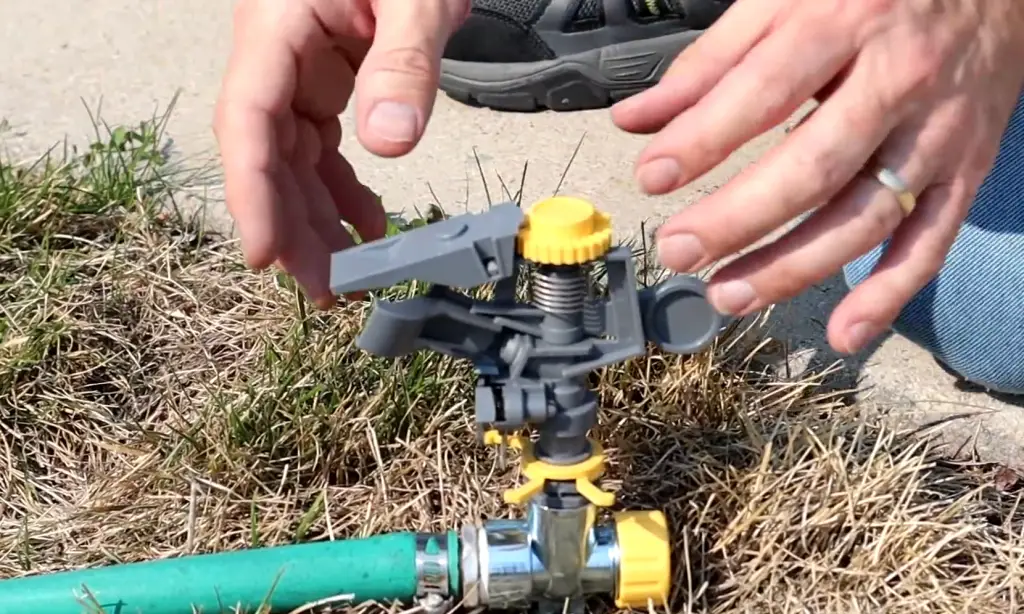
Only wets the surface
Finally, sprinkler systems only wet the surface of the soil. This means that water does not penetrate deep into the soil and can lead to runoff. Soaker hoses, on the other hand, are designed to deliver water directly to the roots of plants where it is most needed. [4]
Automated in-ground sprinkler systems are costly
In-ground sprinkler systems can be very costly to install and maintain. Soaker hoses are much more affordable, making them a better choice for those on a budget. Additionally, soaker hoses are easy to set up and require minimal maintenance. [4]
Running over an in-ground sprinkler system with a lawnmower can be catastrophic
In-ground sprinklers are vulnerable to lawnmower damage. Even the slightest miscalculation can result in costly repairs. Soaker hoses, on the other hand, can be easily moved out of the way before mowing, making them a much safer option for those who need to keep their grass trimmed frequently. [4]
Can A Soaker Hose Be Connected To A Sprinkler System?
Yes, it is possible to connect a soaker hose to a sprinkler system. To do this, you will need a timer, pressure regulator, and filter as well as adapters for both the soaker hose and the sprinkler system. You may also need additional fittings depending on how your sprinkler system is set up. Once everything has been connected, you can turn the timer on and off to control when the water is released. This will allow you to use both a soaker hose and sprinkler system at once. [2]
Inexpensive Solutions for Soil Soaking
If you’re looking for an inexpensive solution to soak your soil and keep it moist, then a soaker hose or sprinkler is the way to go. Soaker hoses are made of porous material that slowly releases water into the ground as needed. Because they lay flat on the soil surface, they can easily be concealed beneath mulch. Sprinklers, on the other hand, spray water over a wide area and can be used to cover larger areas of your yard or garden quickly. [3]
FAQ
Is a soaker hose worth it?
Soaker hoses are a great way to water your garden efficiently. They help distribute the water evenly and minimize runoff, which can save you time and money in the long run. Plus, soaker hoses don’t require as much maintenance as sprinkler systems do, making them an ideal choice for those who want to avoid dealing with extra parts and setup. However, the effectiveness of a soaker hose will depend on the quality of its construction and how it is installed in your garden.
How long should you let your soaker hose run?
It’s best to let your soaker hose run for about 30 minutes at a time. This will give it enough time to soak into the soil and reach the plant’s roots. You can set a timer and come back in an hour or two to turn off the hose, or you could look into getting a drip irrigation system that will automatically turn off after a specific amount of time.
Why is a sprinkler better than a hose pipe?
Sprinklers are great for larger areas, such as lawns or vegetable gardens. They offer a more powerful stream of water than soaker hoses, which helps to reach those hard-to-reach plants and get the water deeper into the soil. Sprinklers also provide coverage over a wider area than soaker hoses do, so you don’t have to worry about missing any spots. In addition, sprinklers are easier to install and require less maintenance than soaker hoses.
What is the best way to water the lawn?
For lawns, the best way to water is with a sprinkler system. Sprinklers provide an even distribution of water over an area, which helps keep your lawn healthy and green. You should also take into account the size of your yard when deciding on a sprinkler system – smaller yards may not require as much coverage or power from a sprinkler, while larger ones may require a bigger system. Additionally, you should consider the water pressure in your area and how it may affect the efficiency of your sprinkler system.
All in all, sprinklers are generally the best choice for lawns due to their convenience, ease of installation, and coverage capabilities.
Do you leave a soaker hose on all the time?
No, you should not leave a soaker hose on all the time. Soaker hoses are designed to release water slowly and evenly, so leaving it on for too long can cause runoff or oversaturation of the soil. For best results, turn your soaker hose on for about 30 minutes at a time and allow it to soak into the soil. Additionally, you should check your soaker hose regularly for cracks, leaks, or blockages to ensure it is working properly.
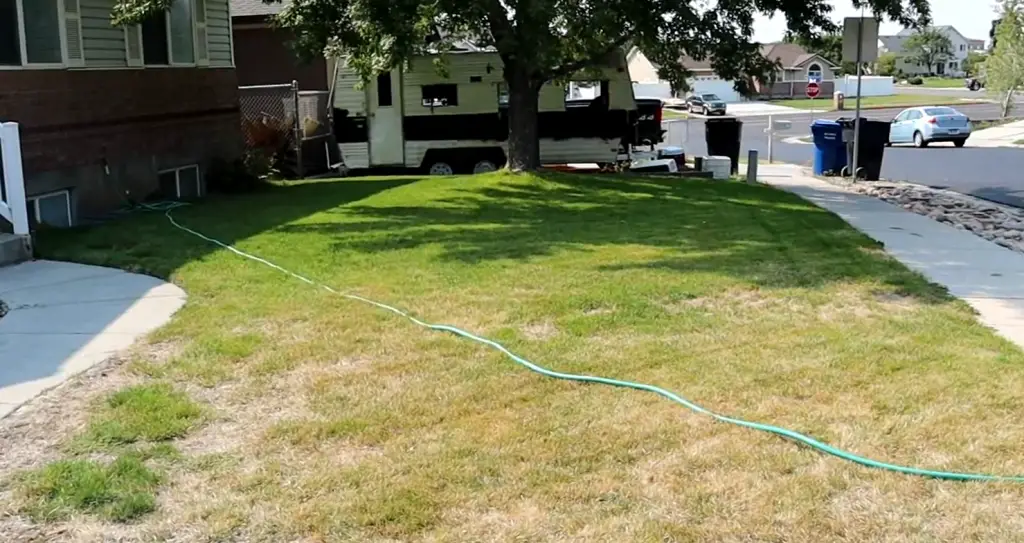
Do I need a soaker hose if I have a sprinkler system?
That depends on your garden’s needs. While a sprinkler system can provide excellent coverage over large areas, soaker hoses are better at targeting specific plants or spots in the garden that need more moisture. If you have a small garden with only a few plants, then a soaker hose may be sufficient. However, if you have a larger garden or need more coverage, then a sprinkler system may be the better option. Ultimately, it’s up to you to decide which irrigation method best suits your needs.
Is it better to water grass at night or in the morning?
It is generally better to water grass in the morning, as evaporation is less likely to occur. Watering in the evening can also lead to fungal growth, which can damage your lawn. Additionally, mornings are typically cooler and calmer than evenings, meaning there will be less wind and thus a more even distribution of water over your lawn’s surface. For best results, you should water your lawn deeply and infrequently, rather than lightly and frequently. Watering in the morning is usually the most effective way to keep your lawn healthy.
Can you use a soaker hose to water grass?
Yes, you can use a soaker hose to water grass. Soaker hoses are ideal for watering individual plants and small areas of the lawn that need more moisture. They allow for an even distribution of water and avoid runoff or oversaturation. However, if you have a larger area to cover, then a sprinkler system may be the better option. Ultimately, it’s up to you to decide which irrigation method best suits your needs.
Useful Video: Watering the Lawn with a Hose and Sprinkler
Conclusion
When it comes to watering your garden, both soaker hoses and sprinklers are great options. However, each one has its own advantages and drawbacks depending on your needs. Soaker hoses are generally more efficient at conserving water, but they need to be buried for optimal performance. Sprinklers can cover a larger area quickly and are easier to install, but they are more prone to wasting water. Ultimately, the best option for you will depend on your garden layout and desired results.
References:
- https://applianceanalysts.com/soaker-hose-vs-sprinkler/
- https://www.gardeningetc.com/advice/sprinkler-vs-soaker-hose#
- https://swanhose.com/blogs/soaker-hoses/soaker-hose-vs-sprinkler-which-is-best-for-your-garden
- https://landscapingplanet.com/soaker-hose-vs-sprinkler-which-is-best-for-your-lawn/







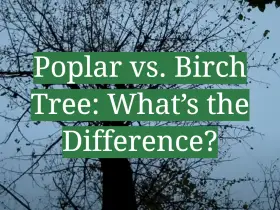


Leave a Reply
View Comments